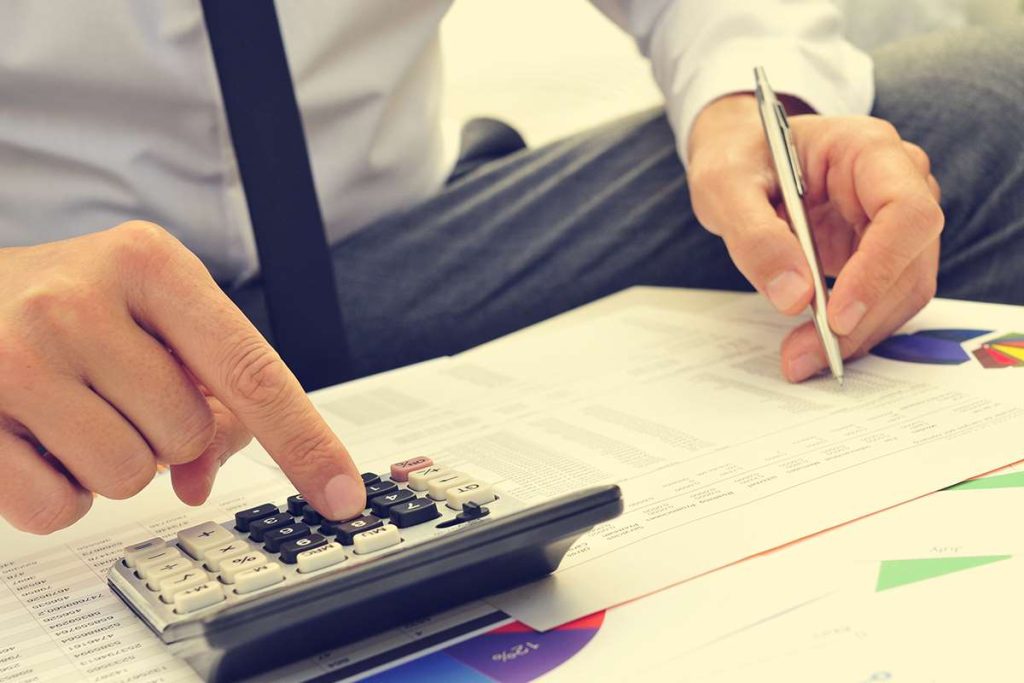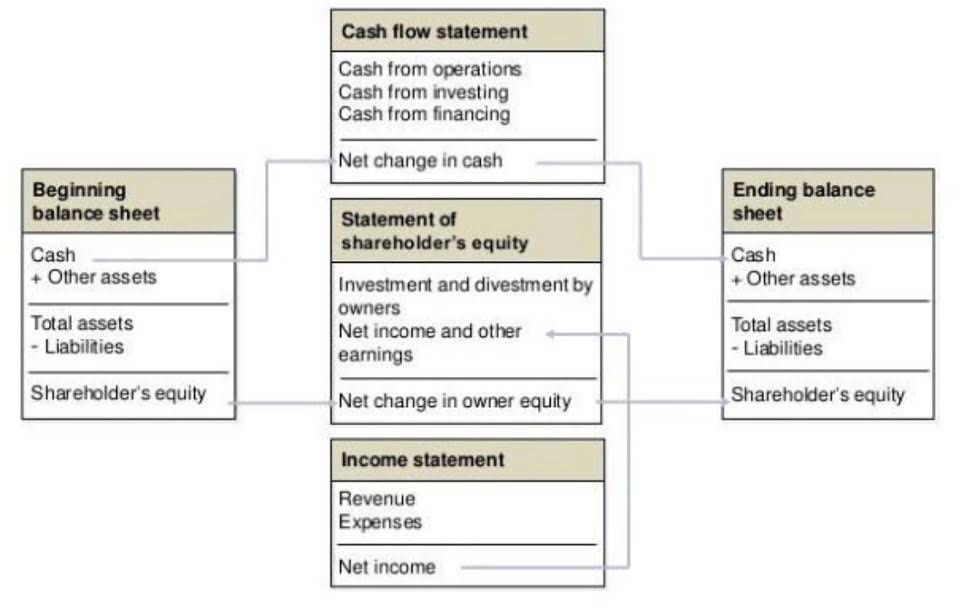Return on Assets ROA Formula, Calculation, and Examples
Return on Assets ROA Formula, Calculation, and Examples

To learn more about the balance sheet, see our Balance Sheet Outline. Parts 2 – 6 illustrate transactions involving a sole proprietorship.Parts 7 – 10 illustrate almost identical transactions as they would take place in a corporation.Click here to skip to Part 7. Apple performs $3,500 of app development services for iPhone 13 users, receives $1,500 from customers, and bills the remaining balance on the account ($2,000).
- Like any brand new business, it has no assets, liabilities, or equity at the start, which means that its accounting equation will have zero on both sides.
- And, of course, if you’re feeling overwhelmed by all the pluses and minuses, an accounting professional can help.
- He is the sole author of all the materials on AccountingCoach.com.
- The accounting equation ensures that the balance sheet remains balanced.
- Beginning retained earnings are the retained earnings from the prior accounting period (the sum of all net income minus cash dividends).
- Every period, a company may pay out dividends from its net income.
- This basic accounting equation “balances” the company’s balance sheet, showing that a company’s total assets are equal to the sum of its liabilities and shareholders’ equity.
Assets Always Equal Liabilities Plus Equity
For example, if the total liabilities of a business are $50K and the owner’s equity is $30K, then the total assets must equal $80K ($50K + $30K). A company’s quarterly and annual reports are basically derived directly from the accounting equations used in bookkeeping practices. These equations, entered assets formula accounting in a business’s general ledger, will provide the material that eventually makes up the foundation of a business’s financial statements. This includes expense reports, cash flow and salary and company investments. The meaning of total assets is all the assets, or items of value, a small business owns.

A Comprehensive Guide to Balance Sheets [With Examples & Components]
- As this is not really an expense of the business, Anushka is effectively being paid amounts owed to her as the owner of the business (drawings).
- Any amount remaining (or exceeding) is added to (deducted from) retained earnings.
- Now that you are familiar with some basic concepts of the accounting equation and balance sheet let’s explore some practice examples you can try for yourself.
- The fundamental accounting equation, also called the balance sheet equation, is the foundation for the double-entry bookkeeping system and the cornerstone of the entire accounting science.
- Conversely, when the current ratio is more than 1, the company can easily pay its obligations and debts because there are more current assets available for use.
To illustrate, treasury bills that mature in three months or less are considered cash equivalents. Cash equivalents are short-term investment securities with 90 days or less maturity periods. They are arranged from the most liquid, which is the easiest to convert into cash, into the least liquid, which takes the most time to turn into cash. To see a live example of how the accounting equation works let us utilize the 3M 2023 Annual Report.
- If an accounting equation does not balance, it means that the accounting transactions are not properly recorded.
- The cash ratio indicates the capacity of a company to repay its short-term obligations with its cash or near-cash resources.
- Start by listing the value of any current assets (assets that can easily be converted to cash) like cash, money owed to you and inventory.
- If the equation is balanced then the financial statement can be prepared.
- A higher percentage means more of your assets are financed through debt, which could be problematic.
Key Components of Current Assets

Changes in balance sheet accounts are also used to calculate cash flow in the cash flow statement. For example, a positive change in plant, property, and equipment is equal to capital expenditure minus depreciation expense. If depreciation expense is known, capital expenditure can be calculated and included as a cash outflow under cash flow from investing in the cash flow statement. This account includes the total amount of long-term debt (excluding the current portion, if that account is present under current liabilities).

- This can include long credit terms with its suppliers or very little credit extended to its customers.
- Notes payable may also have a long-term version, which includes notes with a maturity of more than one year.
- There’s a lot of hidden costs invested in a product by the time you sell it.
- Current assets reveal the ability of a company to pay its short-term liabilities and fund its day-to-day operations.
- While we mainly discuss only the BS in this article, the IS shows a company’s revenue and expenses and includes net income as the final line.
- Current assets include, but are not limited to, cash, cash equivalents, accounts receivable, and inventory.
Economic entities are any organization or business in the financial world. This free debt to asset ratio calculator will help you get the job done. He also hasn’t billed $3000 for an ongoing job (the contract is worth $5000 and he’s already billed for $2000). Make your https://www.bookstime.com/articles/financial-leverage own balance sheet in Excel by downloading a Free Balance Sheet Template from FreshBooks. A potential lender will also want to know the value of a business’s assets as they can be used as leverage (a guarantee) to get a new loan, according to the Houston Chronicle.
Liabilities
So if a balance sheet of the car showroom is prepared on 31 December 2020, it will not show the new car in the assets because the event that establishes its control over the asset has not occurred by then. It can be defined as the total number of dollars that a company would have left if it liquidated all of its assets and paid off all of its liabilities. The accounting equation is also called the basic accounting equation or the balance sheet equation. For every transaction, both sides of this equation must have an equal net effect. Below are some examples of transactions and how they affect the accounting equation. Fortunately, you don’t have to be a math whiz to be a successful entrepreneur.
